River God Tyne
Statue In Newcastle City Centre, Tyne And Wear
A bronze sculpture of the River God Tyne found on the side of the Civic Centre building.
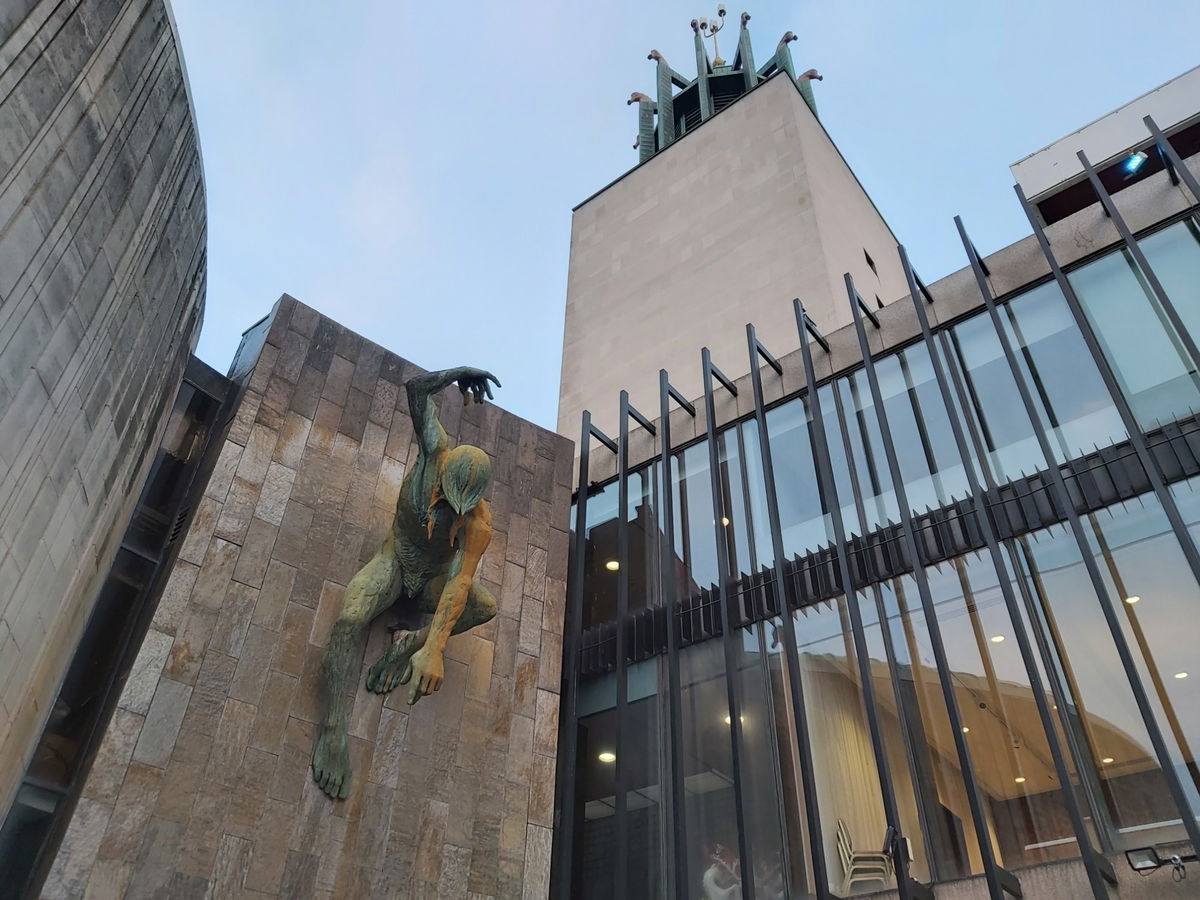
The River God Tyne can be found on the side of the Civic Centre, Newcastle. Newcastle City Council commissioned the sculpture and David Wynne completed it in 1968. It is cast from bronze and was originally a darker colour, though the running water has now turned the sculpture green and brown. Originally a stream of water was supposed to trickle downwards from his raised right arm, but that has seemingly been stopped. With a height of 4.8m and a weight of 2880kg, the sculpture was said to be the largest bronze figure in the UK at the time of installation.


He is not the first representation of the Tyne as a River God. When Somerset House in London was rebuilt in 1786, nine 'masks' were placed along the Strand front. Sir William Chamber designed them to represent the Sea and eight English rivers. One of these was the Tyne, and the mask featured mining motifs which link to the north-east being a powerhouse for coal mining at the time. The importance of the Tyne to the coal industry explains its inclusion on Somerset House. At the time, Somerset House contained the tax office, stamp office, and many more public offices.
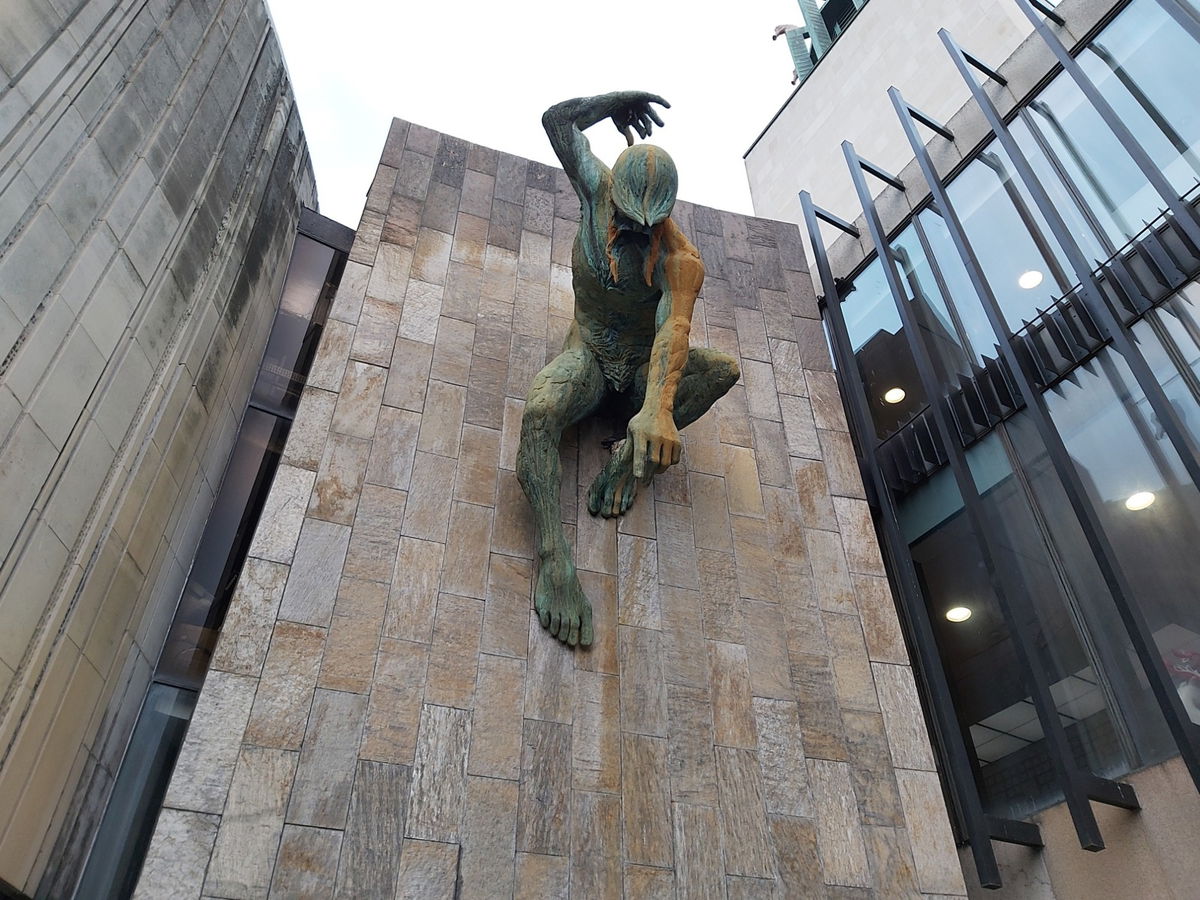
The mining associations are missing from the 1960s sculpture on the Civic Centre. Instead, it draws more clearly from the wilder, more mythical history of the region.
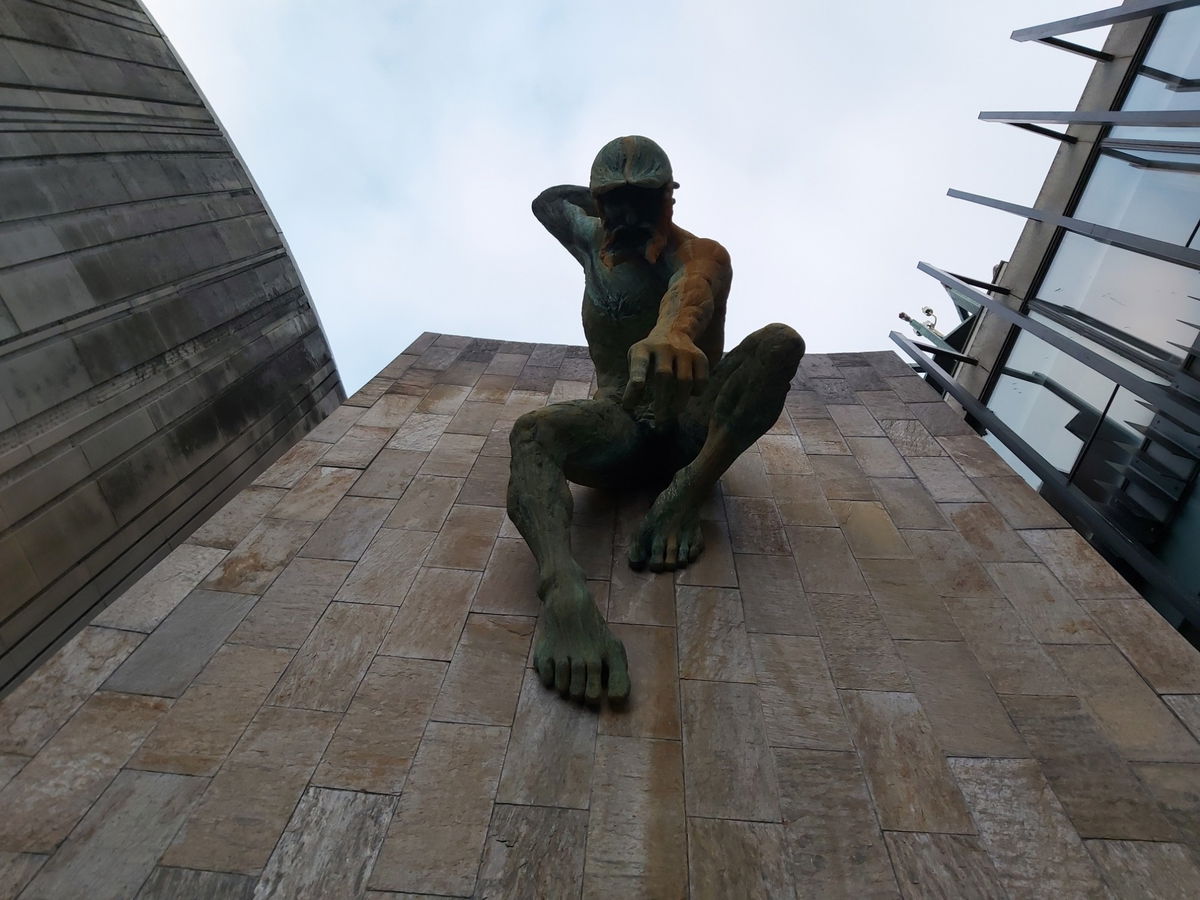
The River God Tyne sculpture oddly hides the face, the sculptor covering it with the hair that falls forward around his head. David Wynne felt that his twisting pose should contrast with the modern architecture of the Civic Centre.
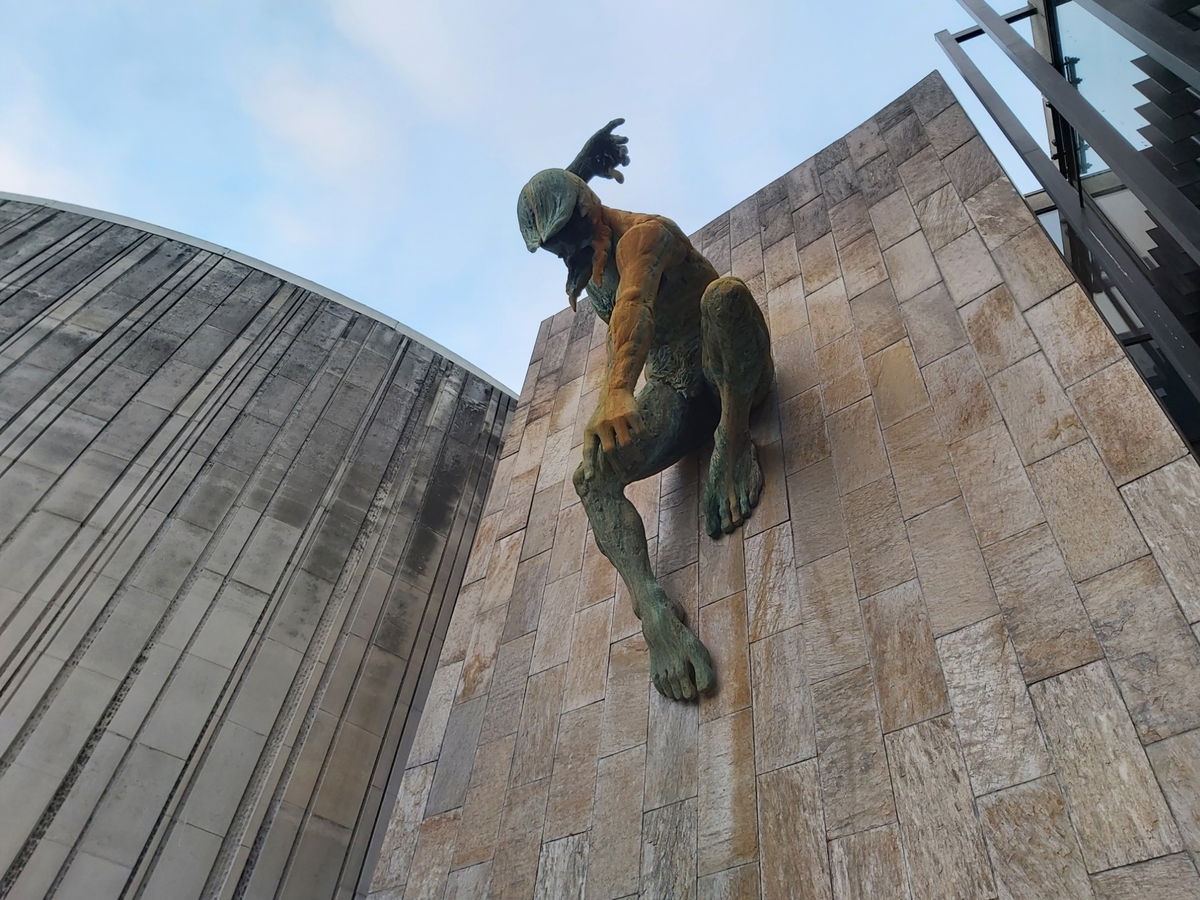
The Romans believed that all rivers were home to a deity that blessed the local community and they had altars to Neptune and Oceanus on the bridge connecting their Pons Aelius (the Roman name for Newcastle) settlement with the south.

The Romans called such deities a genius loci, or protective spirit of a place. The Romans of the Western Empire dedicated many altars to specific genii loci. In some places, these genii loci even received sacrifices. Over the centuries, the meaning of the word changed. Alexander Pope even introduced the concept of the genius loci into landscape design. Some now consider it to be the atmosphere of a place, rather than a specific spirit.
Get 1 point if you have visited this place. Already visited by 132 VIPs.
Login to the VIP area to add places to your bucket list, mark them as visited and more importantly see where you rank on the league table.
How To Find River God Tyne
Where To Park For River God Tyne?
Lat / Long
54.979531, 54.979531
What three words
Parking can be found nearby at the rear of the Civic Centre and in multiple other places in the city centre.
Contributed by Andrew Gardner
I love being outdoors, in nature, and experiencing the relaxation it brings. Wandering through the northern countryside seeing unexpected buildings, historic places and occasionally surprised wildlife is one of life's great pleasures.
More Places from Andrew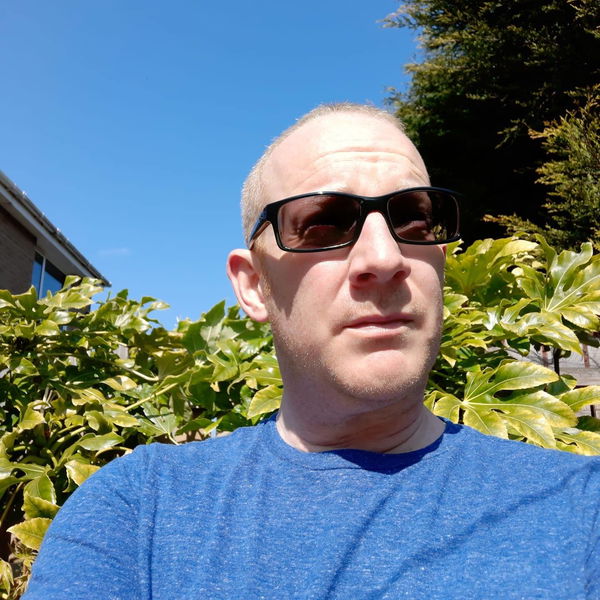
More Places In Newcastle City Centre
Find more fabulous places in Newcastle City Centre, Tyne And Wear and if you know of a place we haven't listed, then let us know.
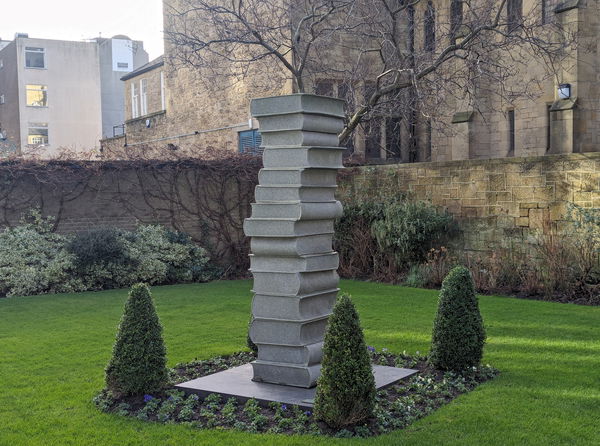
Northumbria University Art Trail
Art Newcastle City Centre Tyne And WearExploring the old and modern art around the Northumbria University Campus.
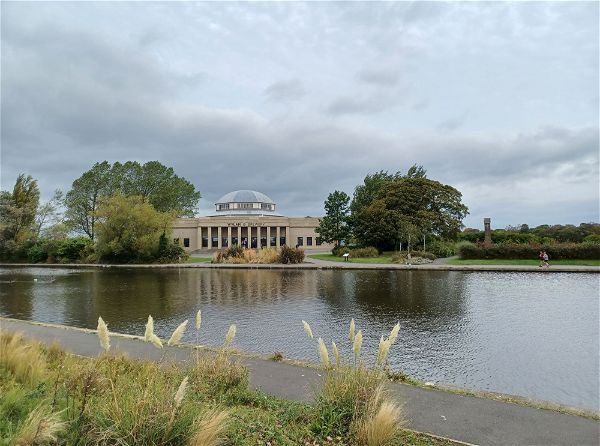
Exhibition Park
Landscape Newcastle City Centre Tyne And WearA 15 hectare public park, right in the centre of Newcastle, dating from the 1880s and associated with, and named after two major exhibitions, the Royal Jubilee Exhibition of 1887 and the 1929 North East Coast Exhibition.
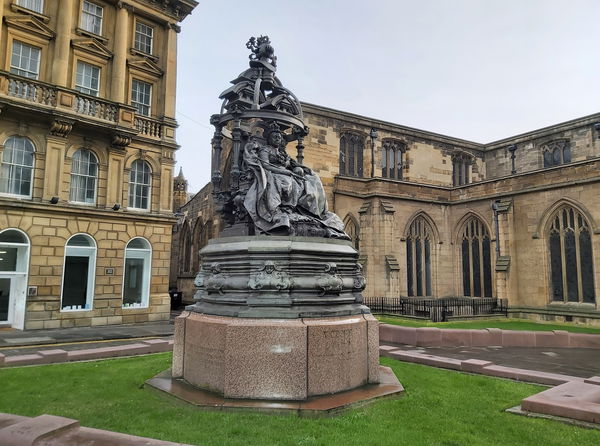
Queen Victoria Statue - Newcastle
Statue Newcastle City Centre Tyne And WearA statue of Queen Victoria in St Nicholas' Square to commemorate 500 years of Shrievalty.
More Statues
So this statue wasn't enough and you want more? Don't worry we have you covered.
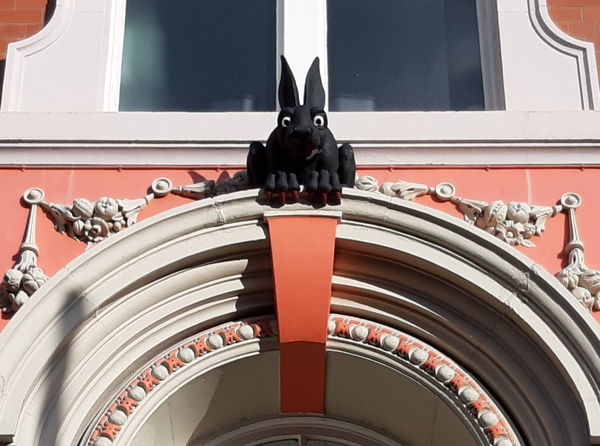
Vampire Rabbit
Statue Newcastle City Centre Tyne And WearThe Vampire Rabbit is a strange and mysterious “grotesque” that can be found above the door at the rear entrance to the historic Cathedral Buildings, adjacent to Newcastle Cathedral.
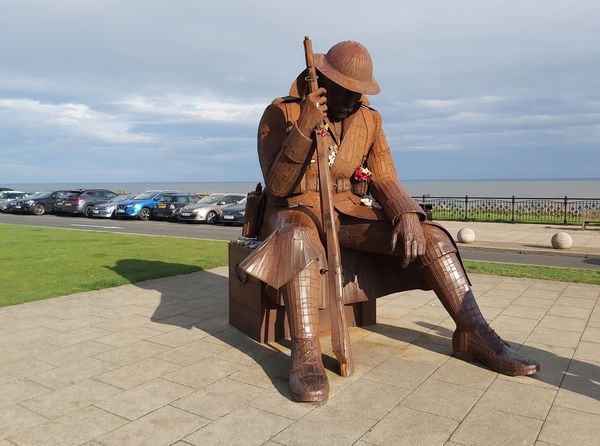
Eleven O One
Statue Seaham County DurhamA statue of a British infantryman commemorating the end of World War 1.
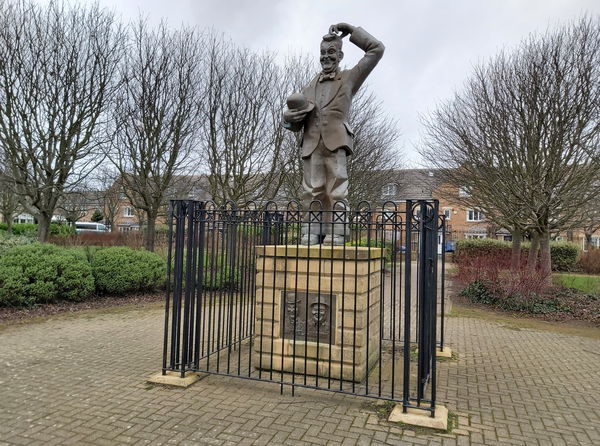
Stan Laurel Statue
Statue North Shields Tyne And WearA statue of the comedy icon and one half of the legendary duo Laurel and Hardy, Stan Laurel to celebrate his time living in North Tyneside.
Never Miss A Fabulous Place
If you are afraid of missing out on all the fabulous places we post, or just want to be the first to know, then sign up to the Fabulous North.
Each week we will email you all the brand new places that we visit.
Sign Up To AlertsFind Us On Facebook
We post all our new places daily on our Facebook Groups page, so join the group today and be notified when we add a new place.
Join Our Facebook GroupRiver God Tyne was listed in Statue // Tyne And Wear // Newcastle City Centre

